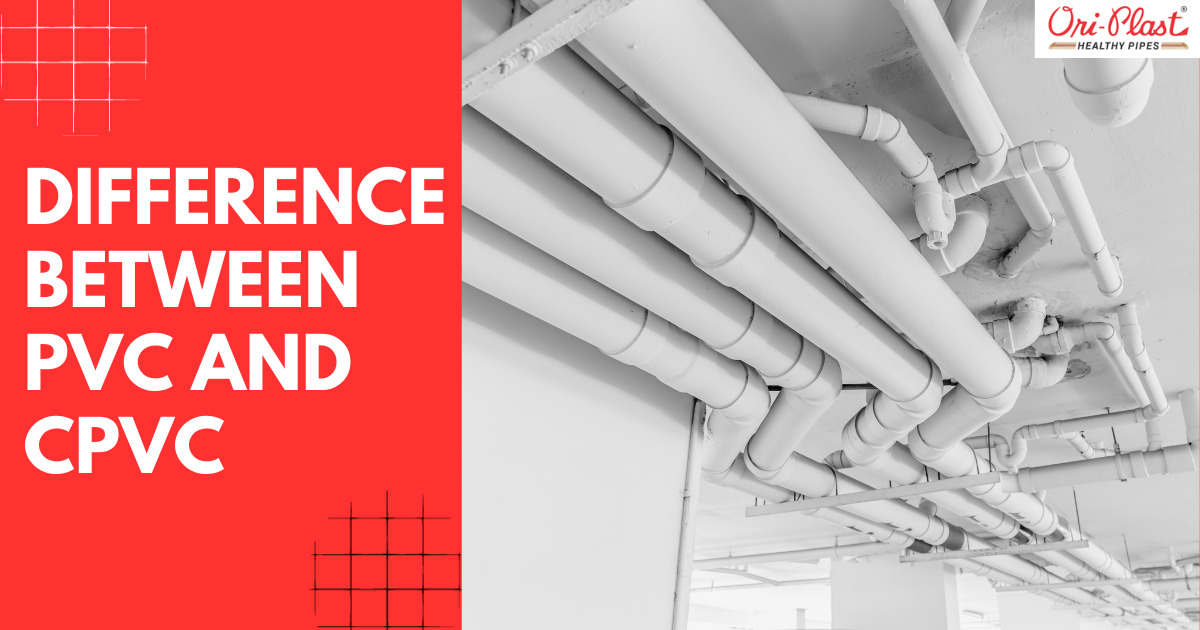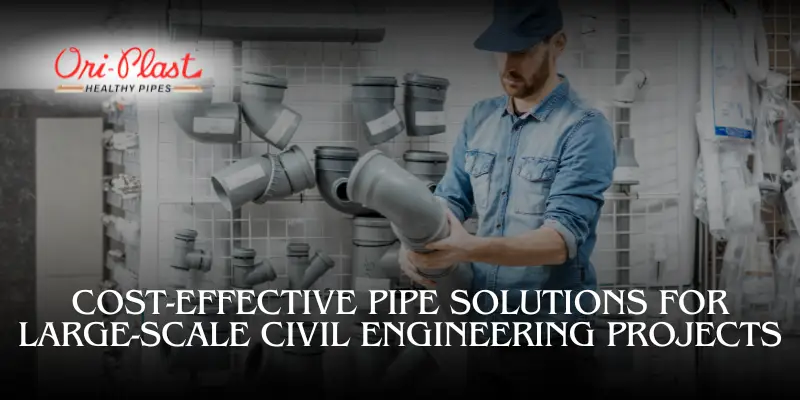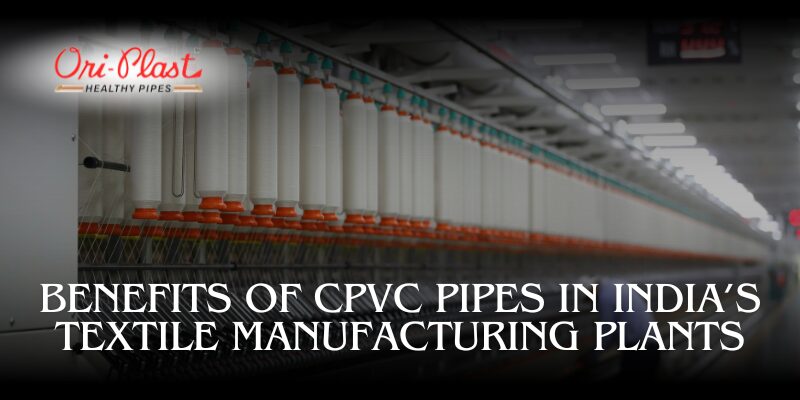PVC and CPVC are both thermoplastics that are commonly used in a variety of applications, including plumbing, construction, and electrical. However, there are some key differences between the two materials. CPVC is a modified version of PVC that has been chlorinated, which gives it a higher melting point and makes it more resistant to heat. This makes CPVC a better choice for applications that require the transport of hot water, such as hot water heaters and radiant heating systems. Additionally, CPVC is less brittle than PVC, making it more resistant to cracking.
What is PVC?
PVC stands for polyvinyl chloride. It is a synthetic plastic that is made from polyvinyl chloride monomer (VCM). VCM is a gas that is produced from the reaction of chlorine and ethylene. PVC is a versatile material that can be used in a wide variety of applications, including:
- Plumbing pipes
- Electrical insulation
- Window frames
- Siding
- Flooring
- Toys
- Medical devices
- Packaging
PVC is a strong and durable material that is also relatively inexpensive. However, it is not without its drawbacks. PVC can be difficult to recycle and it can release harmful chemicals into the environment when it is burned.
Here are some of the properties of PVC:
- Strong and durable
- Inexpensive
- Versatile
- Easy to work with
- Resistant to water, chemicals, and fire
- Can be recycled
Here are some of the drawbacks of PVC:
- Difficult to recycle
- Can release harmful chemicals into the environment
- Not as strong as some other plastics
- Can be brittle in cold weather
Overall, PVC is a versatile and useful material that has a wide range of applications. However, it is important to be aware of its environmental impact when choosing to use it.
What is CPVC?
CPVC stands for chlorinated polyvinyl chloride. It is a type of plastic that is made by adding chlorine to polyvinyl chloride (PVC). The chlorine makes CPVC more resistant to heat and chemicals than PVC. CPVC is also less brittle than PVC, making it more resistant to cracking.
CPVC is commonly used for hot water plumbing, radiant heating systems, and some types of chemical piping. It is also used in some electrical applications.
Here are some of the properties of CPVC:
- Resistant to heat and chemicals
- Less brittle than PVC
- Easy to work with
- Can be joined with solvent cement
- Can be recycled
Here are some of the drawbacks of CPVC:
- More expensive than PVC
- Not as strong as some other plastics
- Can be difficult to find in some areas
Overall, CPVC is a versatile and useful material that is a good choice for applications that require resistance to heat and chemicals. However, it is important to be aware of its cost and availability when choosing to use it.
PVC vs CPVC
PVC and CPVC are both thermoplastics that are commonly used in a variety of applications, including plumbing, construction, and electrical. However, there are some key differences between the two materials.
Chemical composition
PVC is made from polyvinyl chloride, while CPVC is made from chlorinated polyvinyl chloride. The chlorine added to CPVC makes it more resistant to heat and chemicals.
Melting point
The melting point of PVC is 140°F (60°C), while the melting point of CPVC is 200°F (93°C). This means that CPVC can withstand higher temperatures than PVC.
Heat resistance
PVC is resistant to heat, but it is not as heat-resistant as CPVC. CPVC can withstand temperatures up to 200°F (93°C), while PVC can only withstand temperatures up to 140°F (60°C).
Brittleness
PVC is more brittle than CPVC. This means that PVC is more likely to crack under stress. CPVC is less brittle and is more resistant to cracking.
Cost
PVC is less expensive than CPVC.
Applications
PVC is commonly used for cold water plumbing, electrical applications, and some types of hot water plumbing.
CPVC is commonly used for hot water plumbing, radiant heating systems, and some types of chemical piping.
PVC vs CPVC Which is better and Why?
PVC and CPVC are both thermoplastics that are commonly used in plumbing applications. However, there are some key differences between the two materials that make them better suited for different applications.
PVC
Pros: Less expensive, versatile, easy to work with
Cons: Not as heat-resistant as CPVC, can be brittle in cold weather
CPVC
Pros: More heat-resistant, less brittle than PVC, can be used for hot water plumbing
Cons: More expensive than PVC, not as strong as some other plastics, can be difficult to find in some areas
Ultimately, the best material for a particular application will depend on the specific requirements of that application. If you are unsure which material to choose, it is always best to consult with a professional.
Applications of PVC and CPVC
PVC is commonly used for cold water plumbing, electrical applications, and some types of hot water plumbing.
CPVC is commonly used for hot water plumbing, radiant heating systems, and some types of chemical piping.
If you are looking for a material that is less expensive and versatile, PVC is a good choice. However, if you need a material that is more heat-resistant and less brittle, CPVC is a better option.
Here are some specific examples of when to use PVC and CPVC in plumbing applications:
PVC is a good choice for cold water plumbing, such as drinking water pipes. It is also a good choice for electrical applications, such as conduit pipes.
CPVC is a good choice for hot water plumbing, such as radiant heating systems and hot water heaters. It is also a good choice for some types of chemical piping.
So, which is better for You? PVC or CPVC?
The answer depends on your specific needs. If you are looking for a less expensive and versatile material that can be used for a variety of applications, PVC is a good choice. However, if you need a material that is more heat-resistant and less brittle, CPVC is a better option.
Ultimately, the best way to decide which material is right for you is to consult with a professional plumber or contractor. They can help you assess your needs and recommend the best material for your specific application.
Conclusion
Ultimately, the best way to decide which material is right for you is to consider your specific needs and budget. If you are looking for a less expensive and versatile material, PVC is a good choice. However, if you need a material that is more heat-resistant and less brittle, CPVC is a better option.




